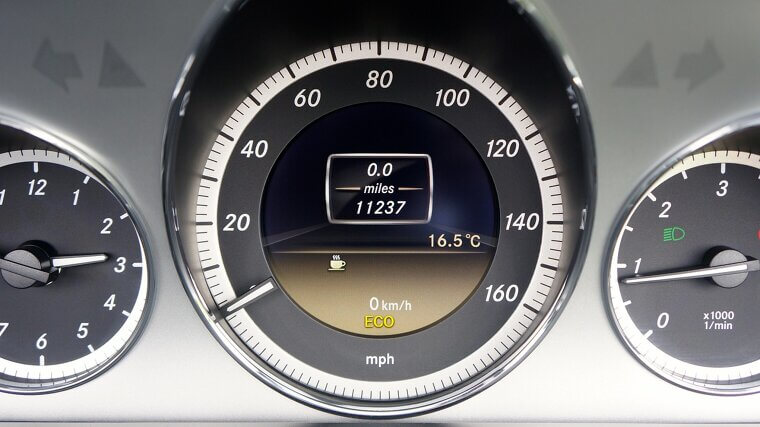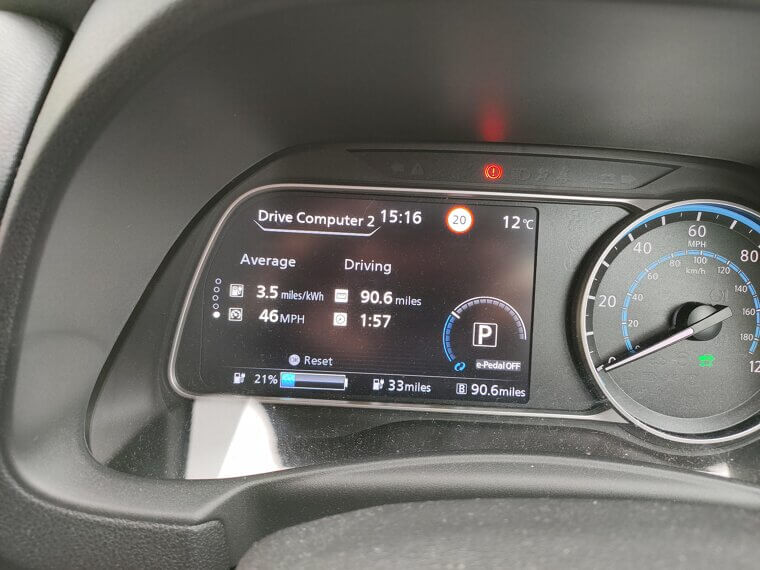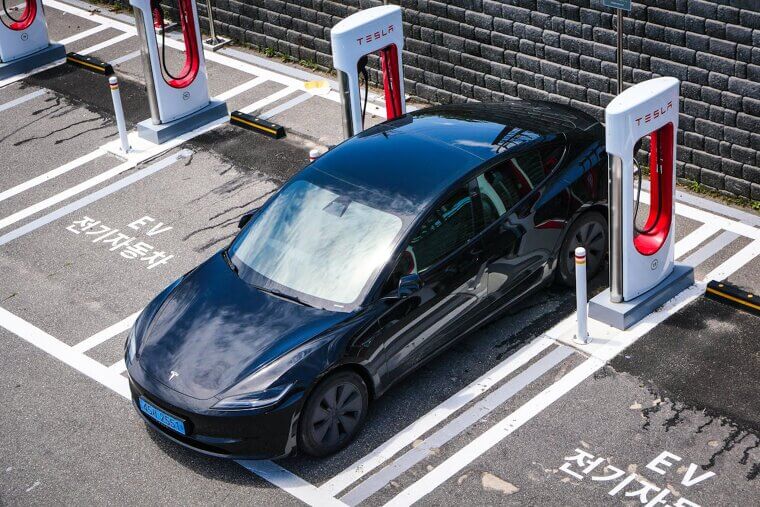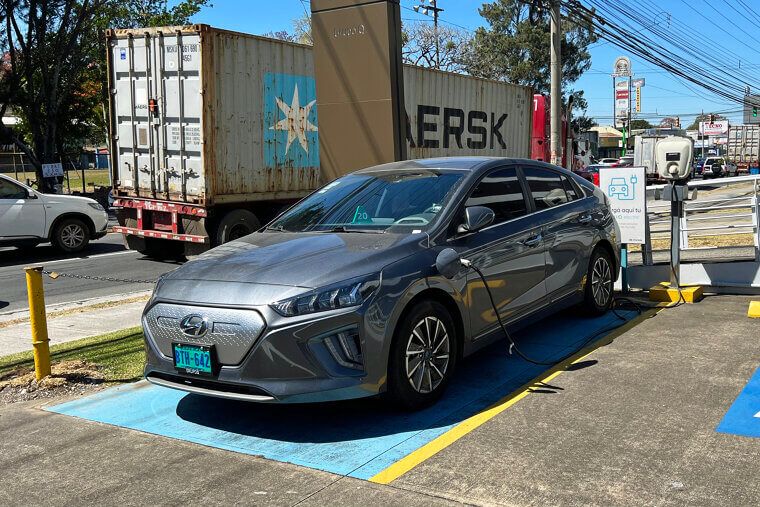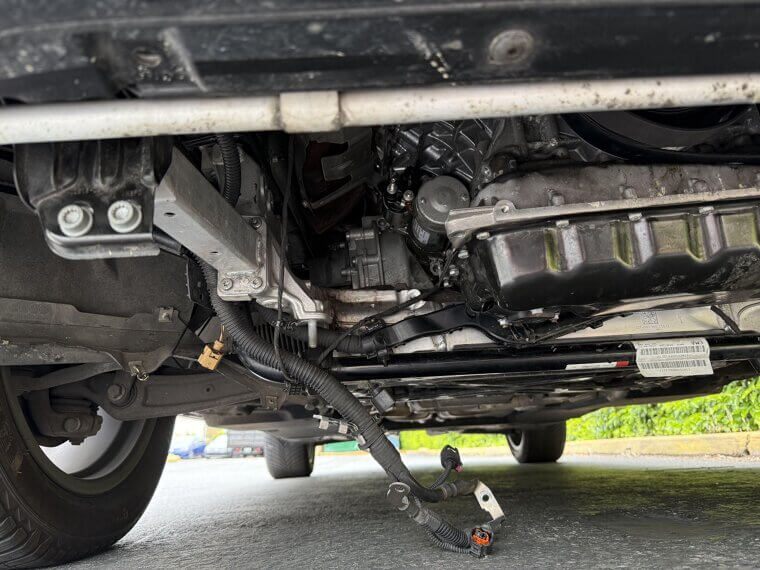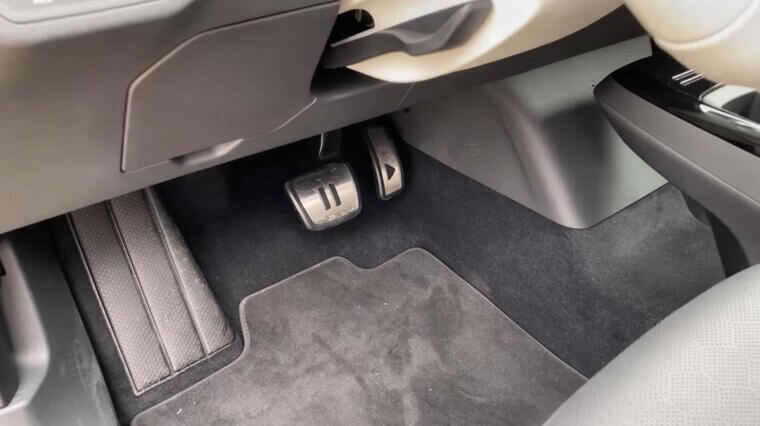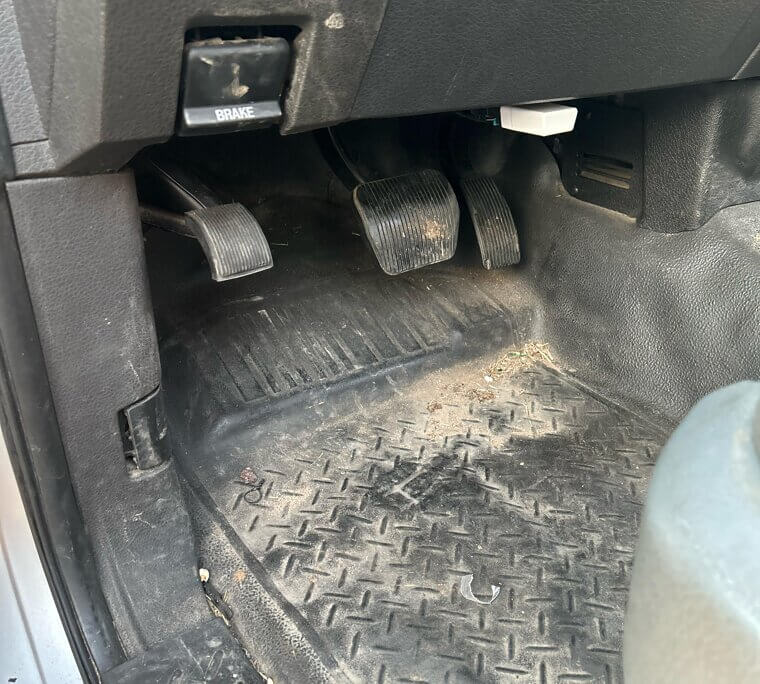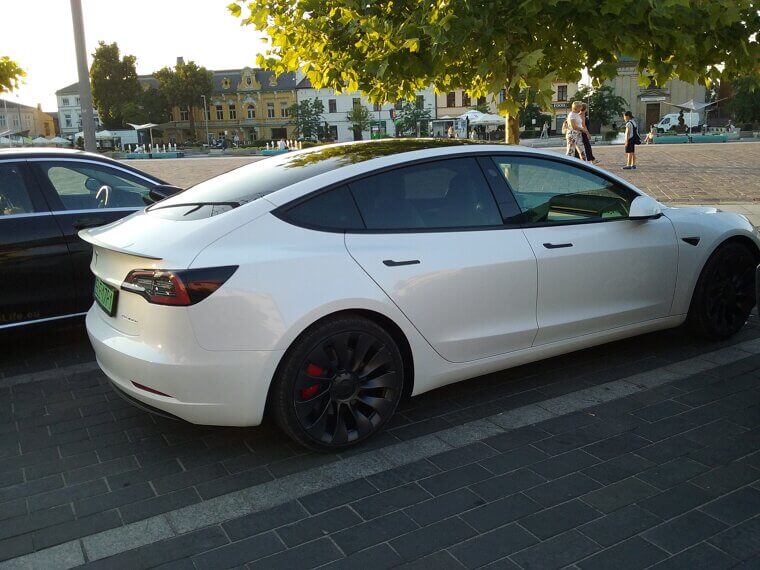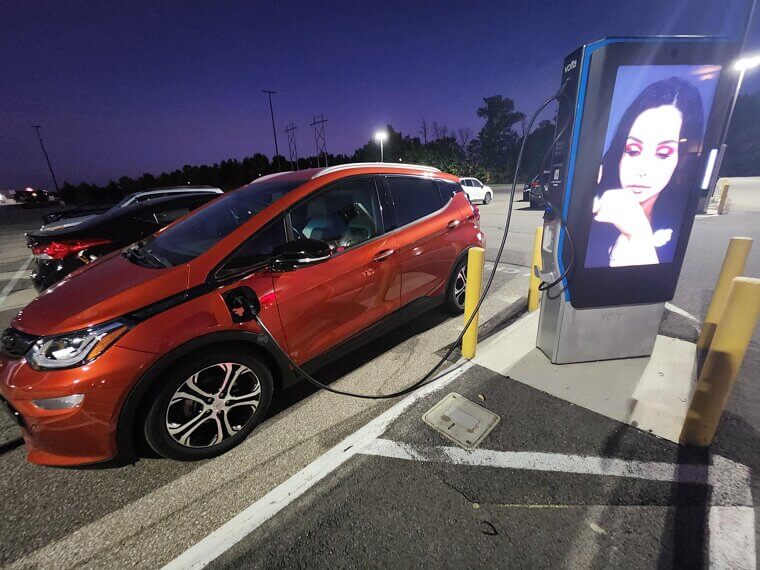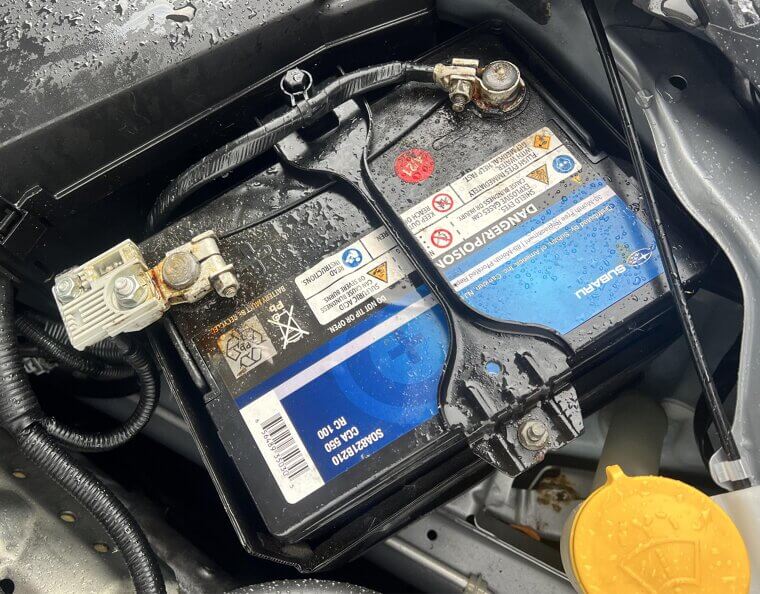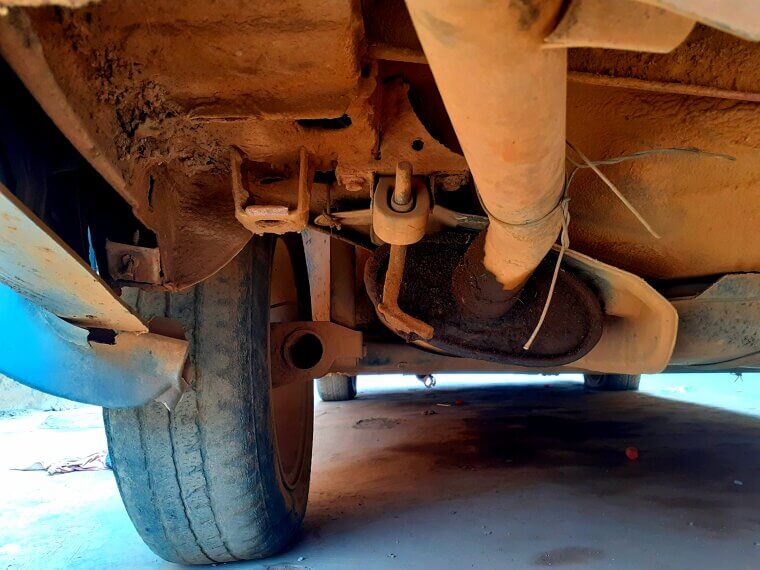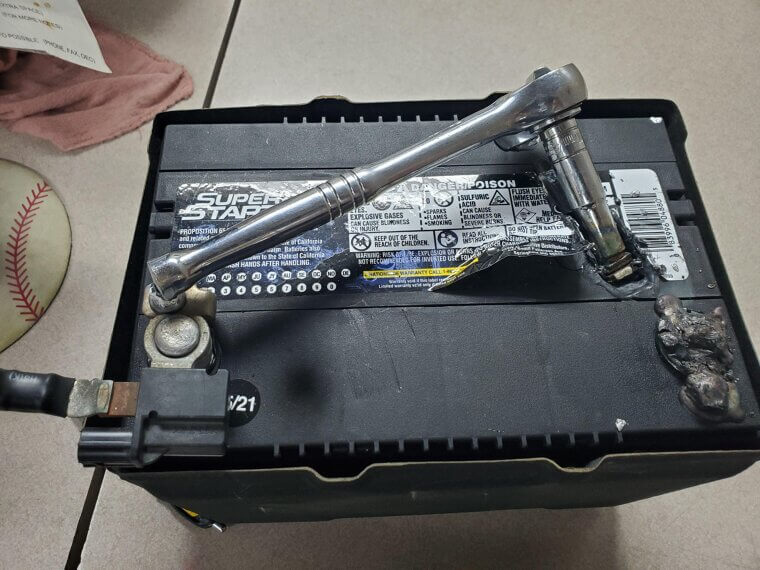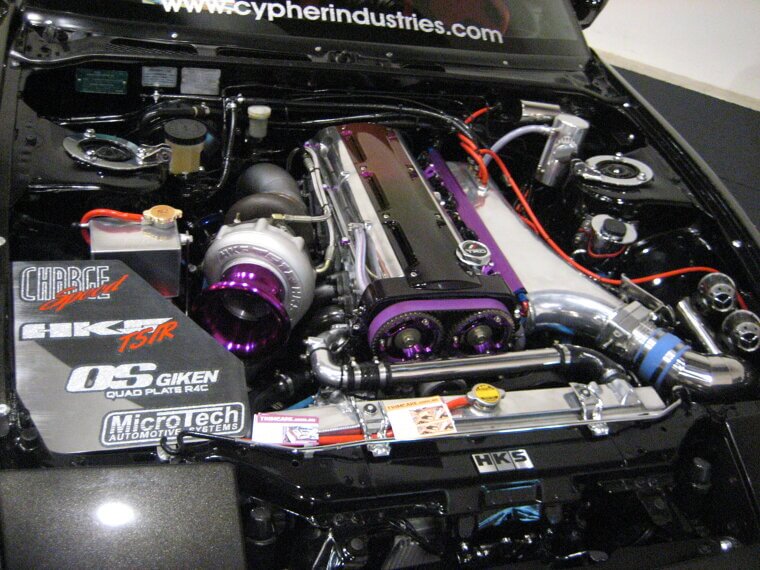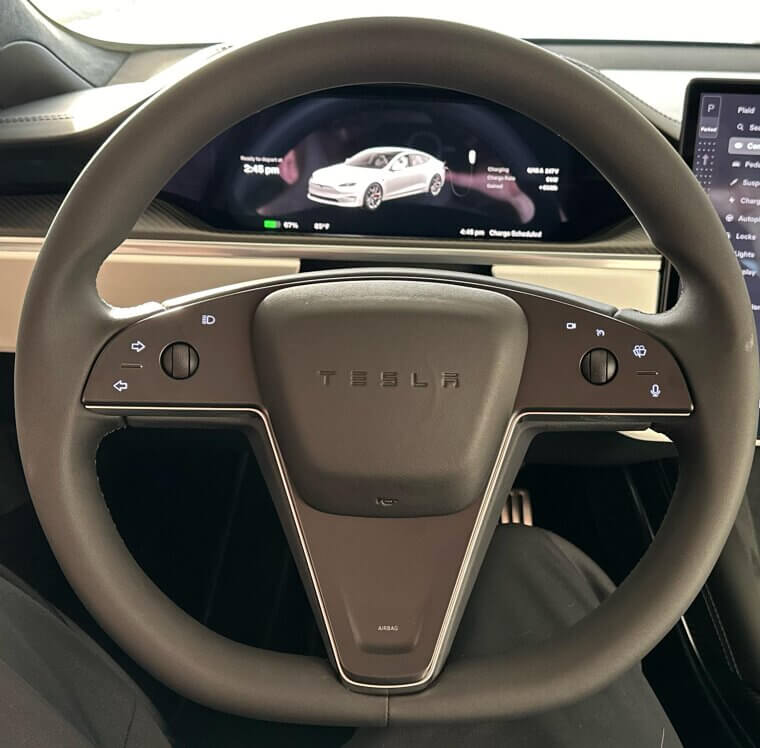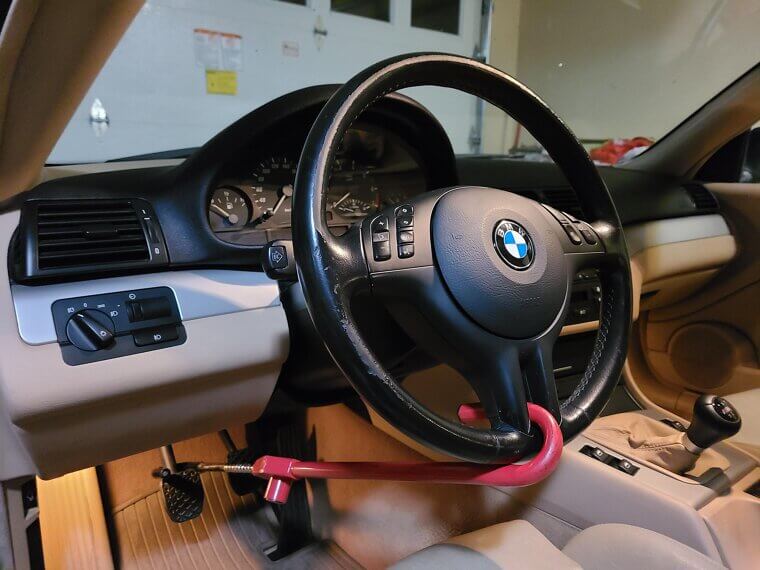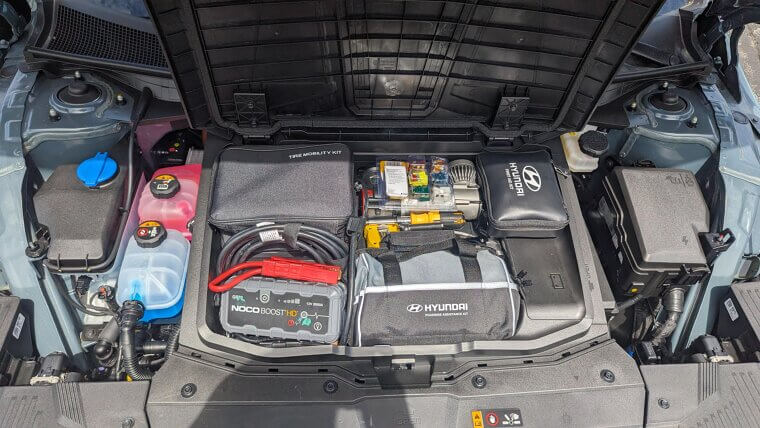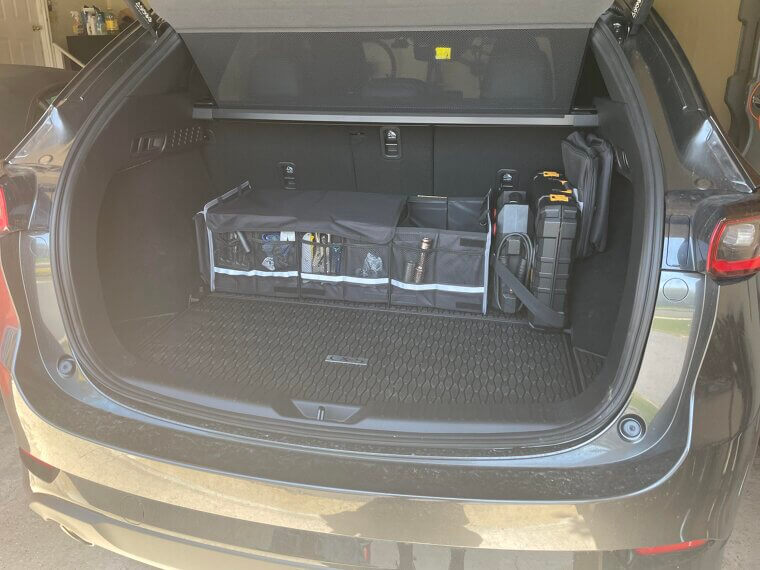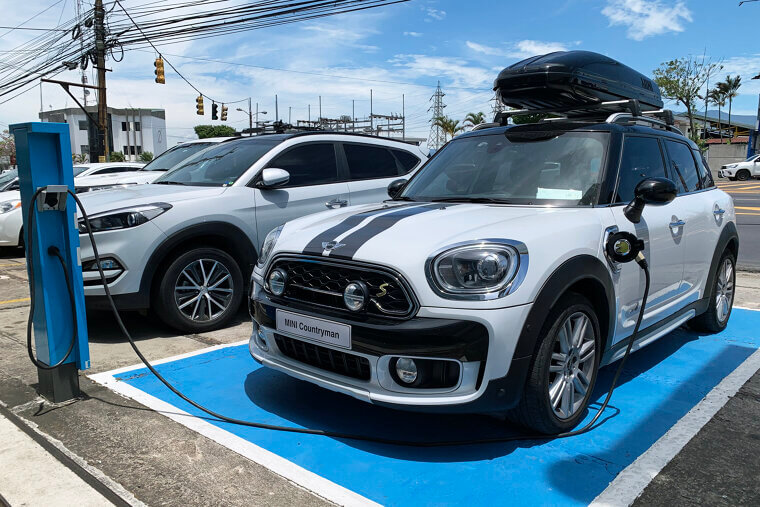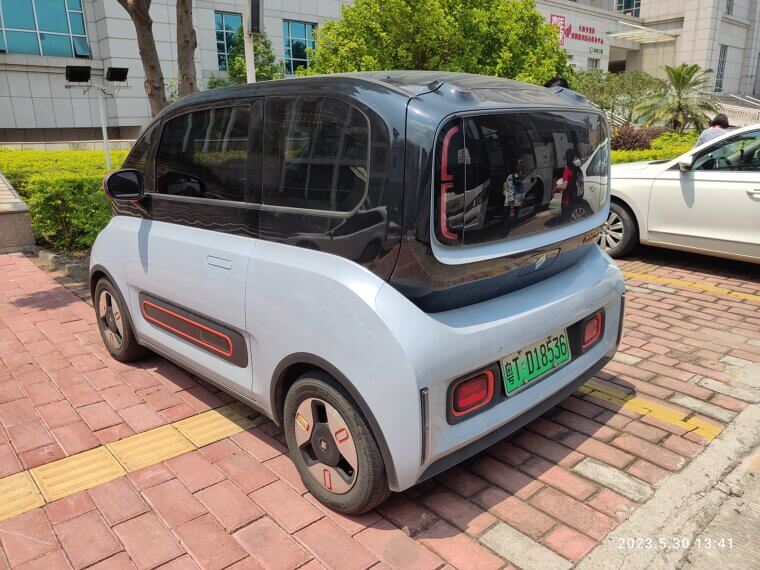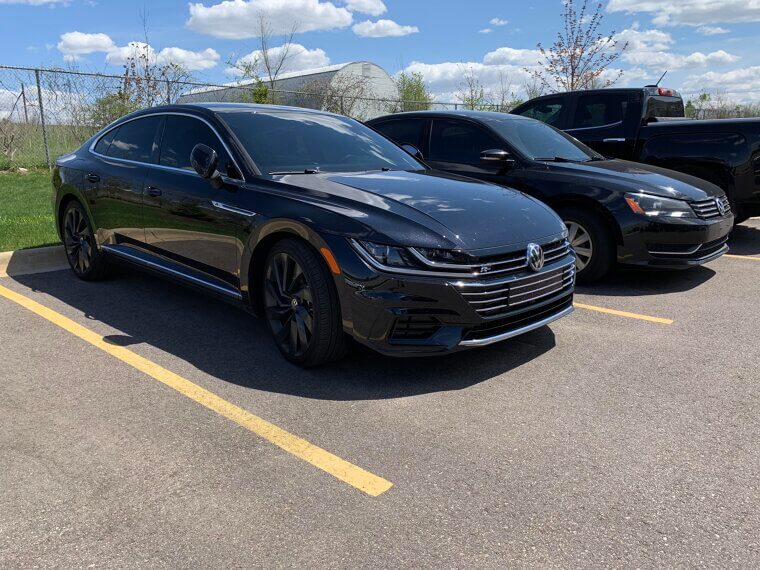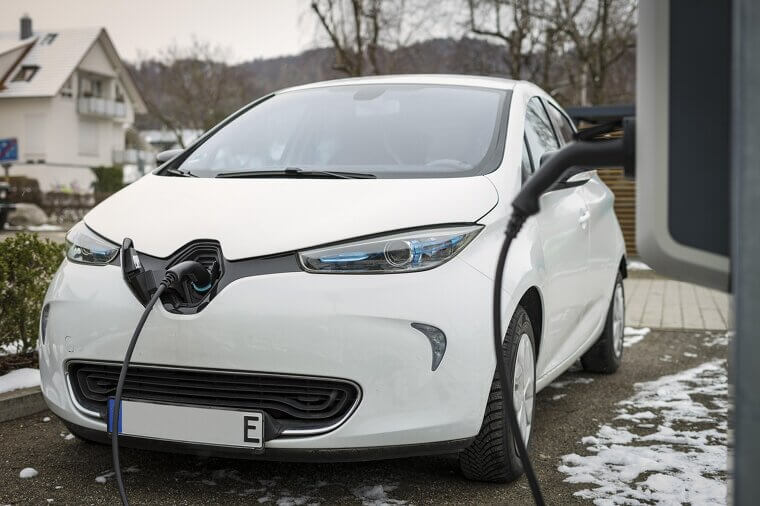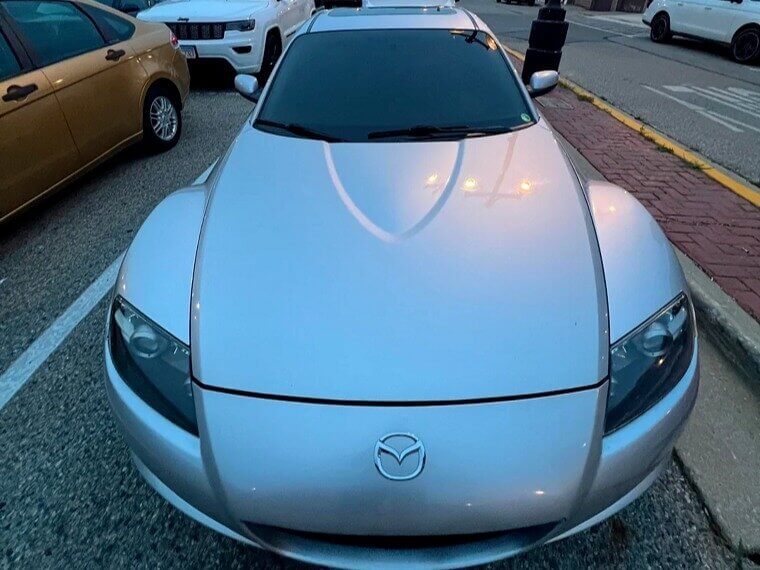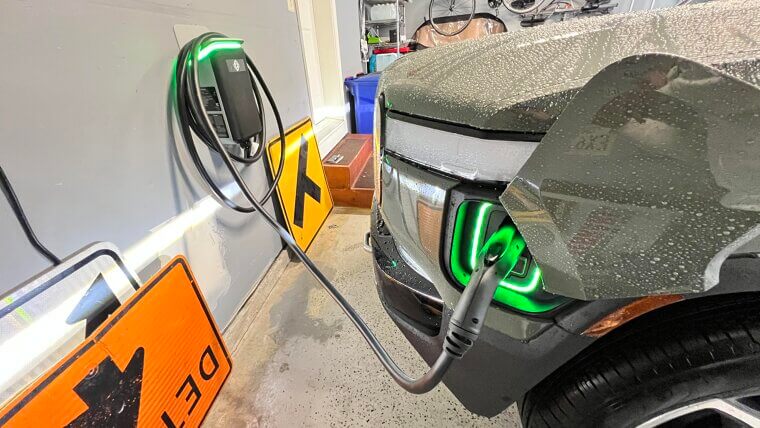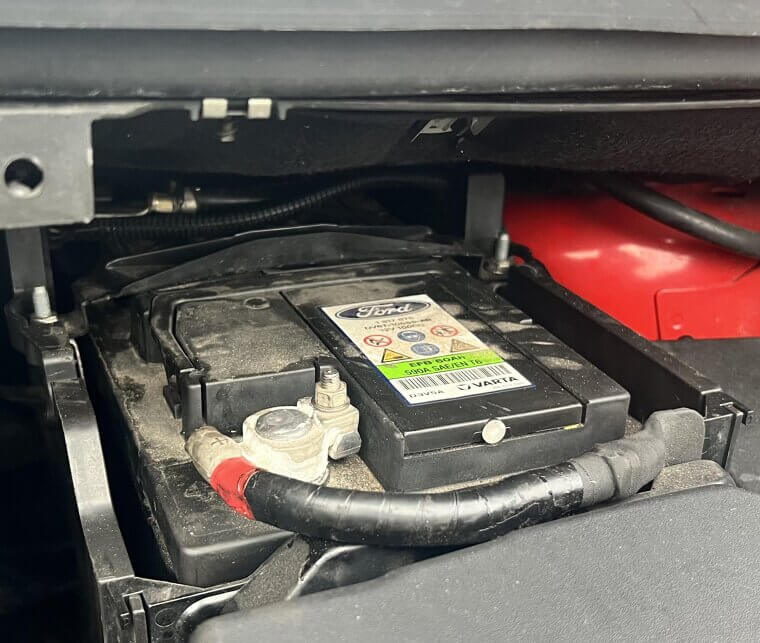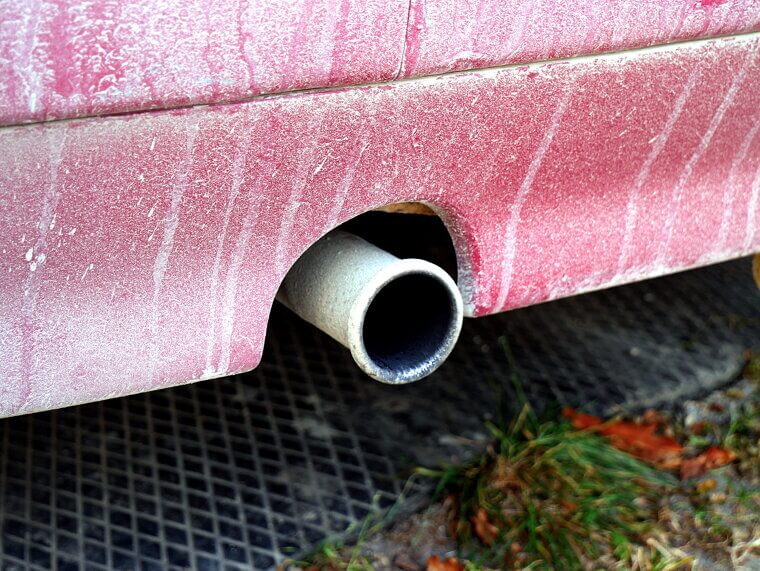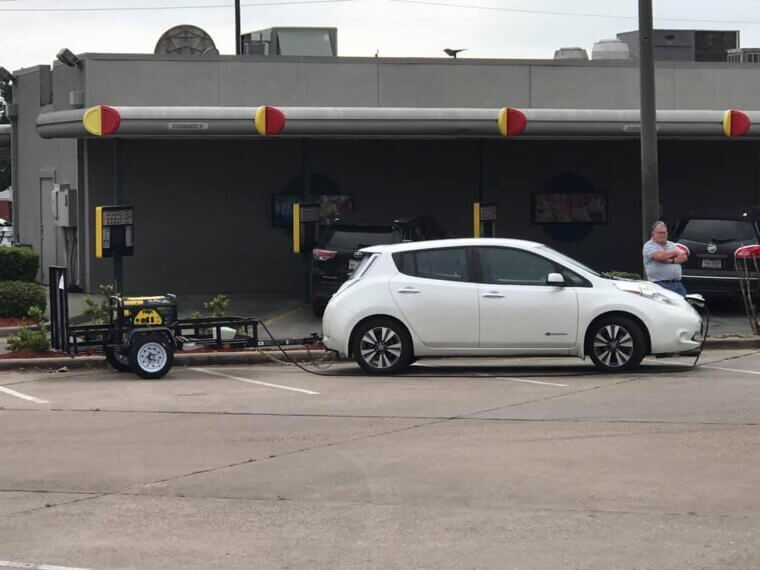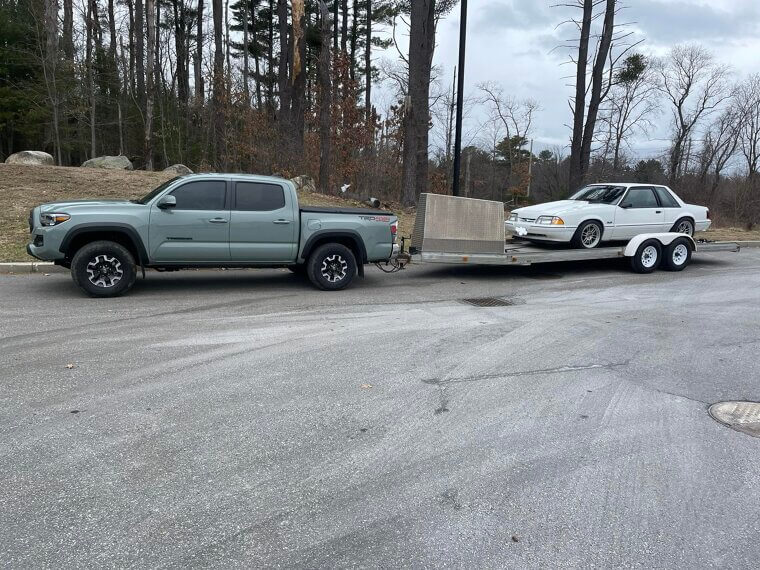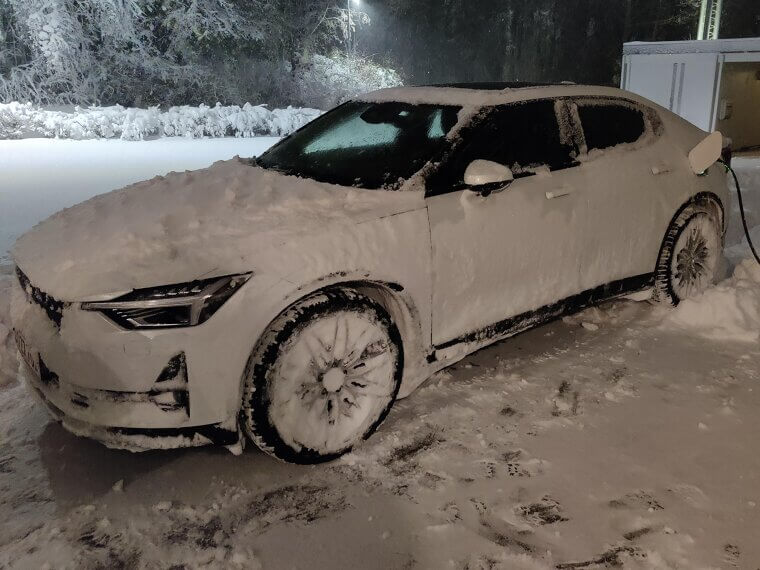ICE Car: Heating Efficiency
Once the engine is running, ICE automobiles utilize the heat generated by the engine to warm the interior, which is both economical and efficient. It's a smart way to use waste energy, and it's effective in the winter. Particularly on frigid mornings, be prepared for a cold start until the engine warms up.
EV Car: Heating Efficiency
In colder climates, the battery power used by EVs to heat the cabin can reduce range. Heat pumps are helpful, but there must be a balance between their benefits and drawbacks. You may lose a few miles, but you'll be toasty.
EV Car: Purchase Price
Due to the high cost of batteries and more advanced technology, electric automobiles often have higher sticker prices. Don't let that deter you, though; government subsidies and reduced operating expenses can lessen the impact. Consider it an upfront investment in a cleaner, quieter ride with fewer fuel stops.
ICE Car: Purchase Price
At the showroom, cars with internal combustion engines (ICEs) are often more affordable. Manufacturers have perfected cost efficiency after decades of production. Due to their lower entry point, ICE cars appear to be the safer, more recognizable option for many consumers, particularly when comparing similar models.
EV Car: Running Costs
Generally speaking, charging an EV is less expensive than filling up a gas tank. Although electricity prices vary, overnight home charging can save a significant amount of money. Additionally, fewer moving parts translate into lower unexpected garage expenses. EVs subtly reduce your monthly driving costs.
ICE Car: Running Costs
ICE vehicles run on gasoline or diesel, and the cost of these fuels can fluctuate greatly. Costs start to rise when you include oil changes, filters, and the rare exhaust repair. Traditional fuel and maintenance might take a bigger toll on your budget than you might think, even though they are predictable for most people.
EV Car: Maintenance Needs
EVs forego timing belts, spark plugs, and oil changes. They are generally less needy because they have fewer moving parts. Regenerative braking makes brake pads even more durable. While tire inspections and battery health monitoring are still necessary, garage trips are less frequent and less noticeable.
ICE Car: Maintenance Needs
ICE vehicles require a little more upkeep. Belts deteriorate, filters clog, and engines require routine oil changes. Many drivers are accustomed to this pace, but it does require extra time and money to keep everything running well. The fact that mechanics are familiar with them can be comforting.
EV Car: Acceleration
EVs move quickly. They jump off the line like a cat after a laser pointer because of that quick torque. It’s smooth, silent, and surprisingly fun - even in ordinary models. Press and go - no engine revving, no gear changes - ideal for confident merging or city driving.
ICE Car: Acceleration
ICE vehicles gradually increase their power. As the gears shift and the engine revs, a pleasing roar fills the air. In sporty vehicles, in particular, it's a more tactile experience; many drivers prefer the comfortable rhythm and input of conventional acceleration, even though it is not as instantaneous as that of electric vehicles.
EV Car: Range
Although it's getting better, range anxiety is genuine. Nowadays, the majority of EVs can travel 150-300 miles between charges, with more expensive versions capable of traveling even farther. Long road trips may require preparation, but daily commutes are often easy.
ICE Car: Range
On range, ICE cars continue to prevail. Depending on the model, you may travel 400–600 miles on a full tank. Just fill up and go; there's no need to schedule charging stops. That convenience is still a big selling factor for long-distance drivers and people who live in rural areas.
EV Car: Refuelling Time
It takes time to charge. Fast chargers provide a top-up in 30 to 60 minutes, whereas home setups can take hours. Plugging in overnight or while shopping is a mental change. Not immediate, but doable with little preparation.
ICE Car: Refuelling Time
ICE vehicles quickly refill. You just need to pull up, pump, pay, and go. It works anywhere and is quick and familiar. Gas stations continue to provide unparalleled convenience for people who prefer spontaneity or don't want to prepare ahead, particularly during lengthy trips or hectic schedules.
EV Car: Emissions
There are no tailpipe emissions from EVs. This implies reduced greenhouse gas emissions and cleaner air, particularly if your electricity is generated using renewable resources. They are a great way to reduce your own carbon footprint and a welcome change in places with heavy traffic.
ICE Car: Emissions
In addition to other emissions, ICE cars release CO₂ and NOx. Even while modern engines are cleaner than before, they nevertheless have an impact on air quality. Although catalytic converters are helpful, emissions are unavoidably released during the fundamental process of burning fuel.
EV Car: Noise Levels
EVs are incredibly silent. There is only a soft hum, no gear changes or engine noise. Particularly in stop-start traffic, it is serene. For pedestrian safety, some versions even include artificial noises. EVs offer a peaceful, nearly meditative driving experience if you enjoy a quiet cabin.
ICE Car: Noise Levels
Characteristics of ICE cars include gear changes, engine growls, and the occasional rattling. While some drivers find the input exhausting, others adore it. The mechanical symphony is a part of the deal, but cabin insulation is helpful. It's not quite peaceful, but it's familiar.
EV Car: Driving Experience
Driving an EV feels futuristic and smooth. It is easy to use and soothing because of its one-pedal driving, instant torque, and silent operation. Gliding through the streets is more important than rushing down it. It's a welcome departure from the norm for many.
ICE Car: Driving Experience
The drive of an ICE automobile is visceral and captivating. You sense the road, hear the engine respond, and feel the gears move. It's a more conventional experience that has been refined over decades.
EV Car: Boot Space
Storage is a common surprise for EVs. Some versions have a "frunk" (front trunk) in addition to the rear boot because they don't have an engine up front. Although battery placement varies, space is frequently freed up by ingenious design.
ICE Car: Boot Space
ICE vehicles continue to use the traditional rear boot. Although the engine components up front limit flexibility, it is generally roomy and predictable. You're aware of what you're getting, and it's more than enough for most families.
EV Car: Longevity
EVs age in a unique way. Most batteries endure eight to ten years or longer, though they degrade gradually. Wear and tear are reduced when there are fewer mechanical components. Over time, software upgrades may even enhance performance.
ICE Car: Longevity
With the right care, ICE vehicles can operate for decades. Exhaust systems, engines, and transmissions deteriorate over time, but replacement parts are readily available. ICE cars with high mileage are popular, but as the years go by, they might require more care.
EV Car: Resale Value
The value of EVs for resale is changing. Certain models last well, particularly when there is significant brand support. Others dip because of battery issues or technological advancements. Resale stability is getting better as demand increases and infrastructure expands, but it's still somewhat of a moving target.
ICE Car: Resale Value
The resale value of ICE cars is predictable. Values are influenced by factors such as age, mileage, and brand reputation. Although depreciation is unavoidable, buyers are aware of what to anticipate. So remember, ICE resale may become less competitive as EVs gain traction.
EV Car: Tax Incentives
EVs frequently have benefits, including lower road taxes, incentives, and no congestion fees. Governments often reward cleaner choices. These discounts can significantly reduce the total cost, particularly for first-time purchasers.
ICE Car: Tax Incentives
These days, there aren't many tax incentives for ICE cars. In actuality, some are subject to increased emissions-based penalties or road taxes. The financial incentives are moving in favor of greener solutions, even though they are still broadly supported.
EV Car: Charging Infrastructure
Networks for charging are expanding quickly. Convenient home chargers are becoming increasingly common, as are public charging stations. Fast chargers aren't always available, and coverage varies by location.
ICE Car: Charging Infrastructure
An established refueling network is advantageous for ICE vehicles. There are gas stations everywhere, so you hardly ever have to consider them. It’s very convenient, particularly in rural areas.
EV Car: Environmental Impact
When it comes to the environment, EVs excel. Quieter operation, reduced lifetime carbon footprint, and no tailpipe emissions. Although the manufacture of batteries has an impact, EVs are generally a cleaner mode of transportation, particularly when they are driven by renewable energy.
ICE Car: Environmental Impact
Fossil fuels are burned in ICE cars, which results in CO2 emissions and air pollution. The environmental cost continues to mount despite advancements in fuel efficiency and the development of cleaner engines. The process creates a bigger footprint from extraction to exhaust, one that is more difficult to gradually offset.
EV Car: Towing Capacity
Because of their immediate torque, EVs can tow, and some do it successfully. However, towing reduces range because it uses up the battery more quickly. While it's feasible for short trips or infrequent use, it's not necessarily the best option for heavy-duty tasks or caravans.
ICE Car: Towing Capacity
For a long time, ICE cars were the preferred option for towing. Diesel engines, in particular, provide strong torque and endurance. ICE vehicles confidently manage the load, whether it's a caravan, boat, or trailer.
EV Car: Cold Weather Performance
Cold temperatures may challenge EVs. Cabin heating uses more energy, and batteries become less efficient as a result. Charging may lag and range decreases. Heat pumps and pre-conditioning are helpful, but winter driving requires a little more preparation.
ICE Car: Cold Weather Performance
Winter is easy for ICE vehicles. Without sacrificing performance, engines warm up and supply cabin heat. Range is constant, and fuel systems are dependable in cold weather. The car itself rarely complains about the cold, though icy mornings may result in a windscreen scrape.

